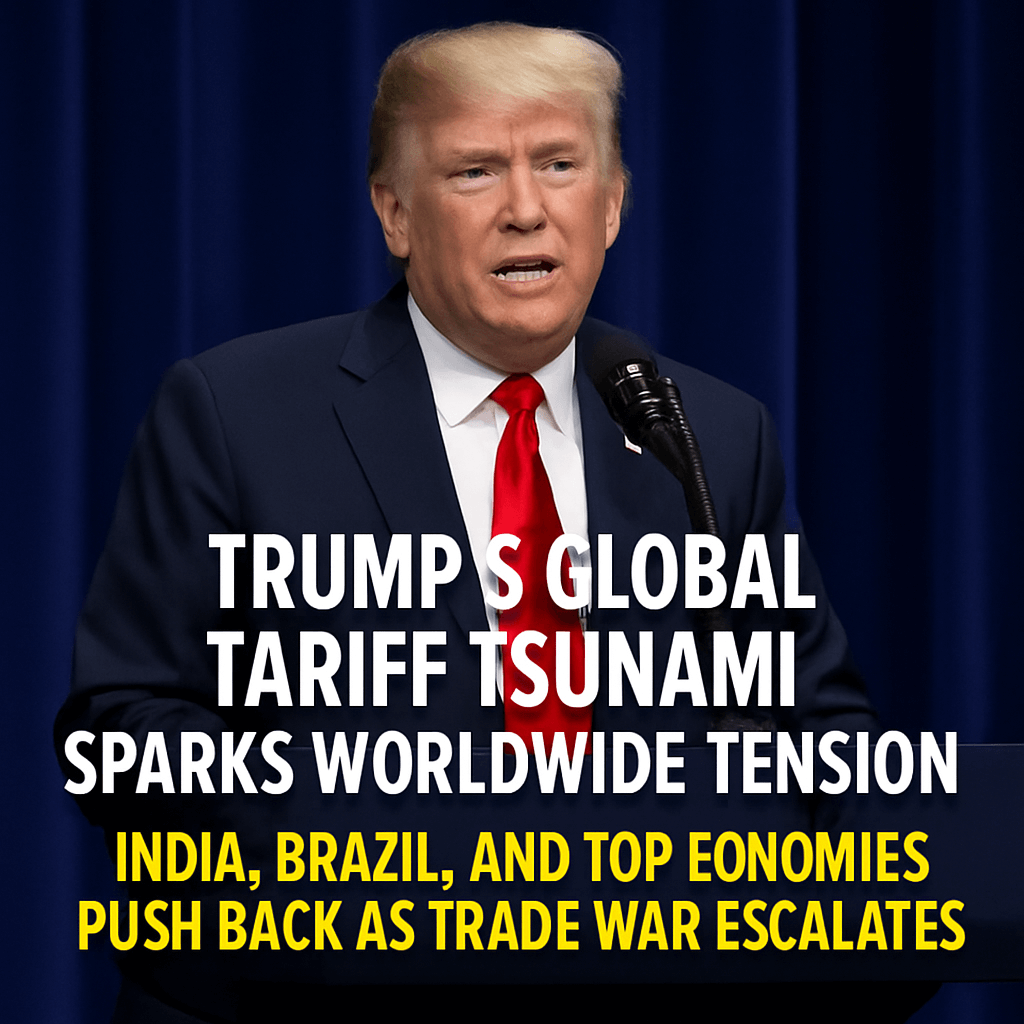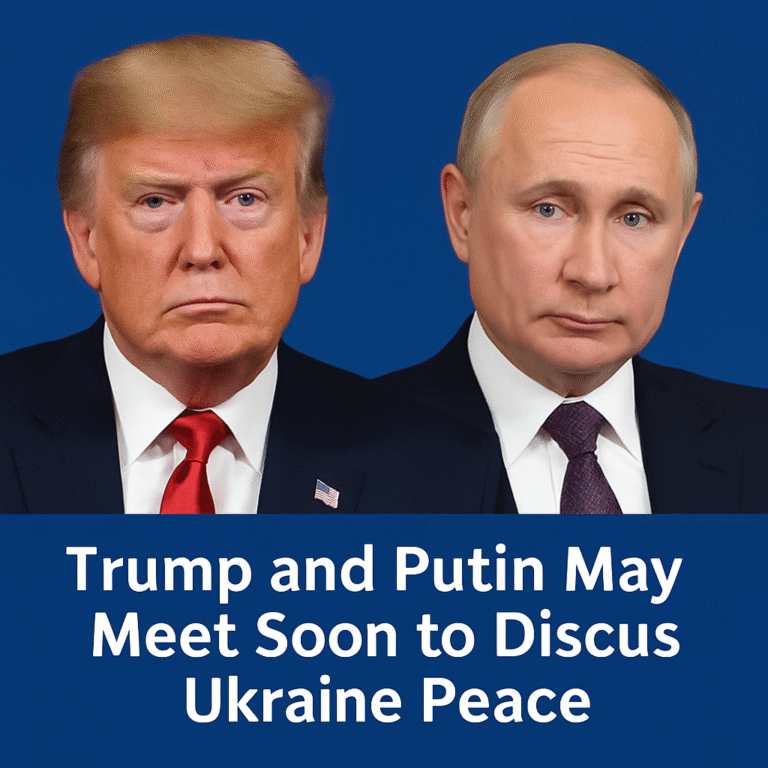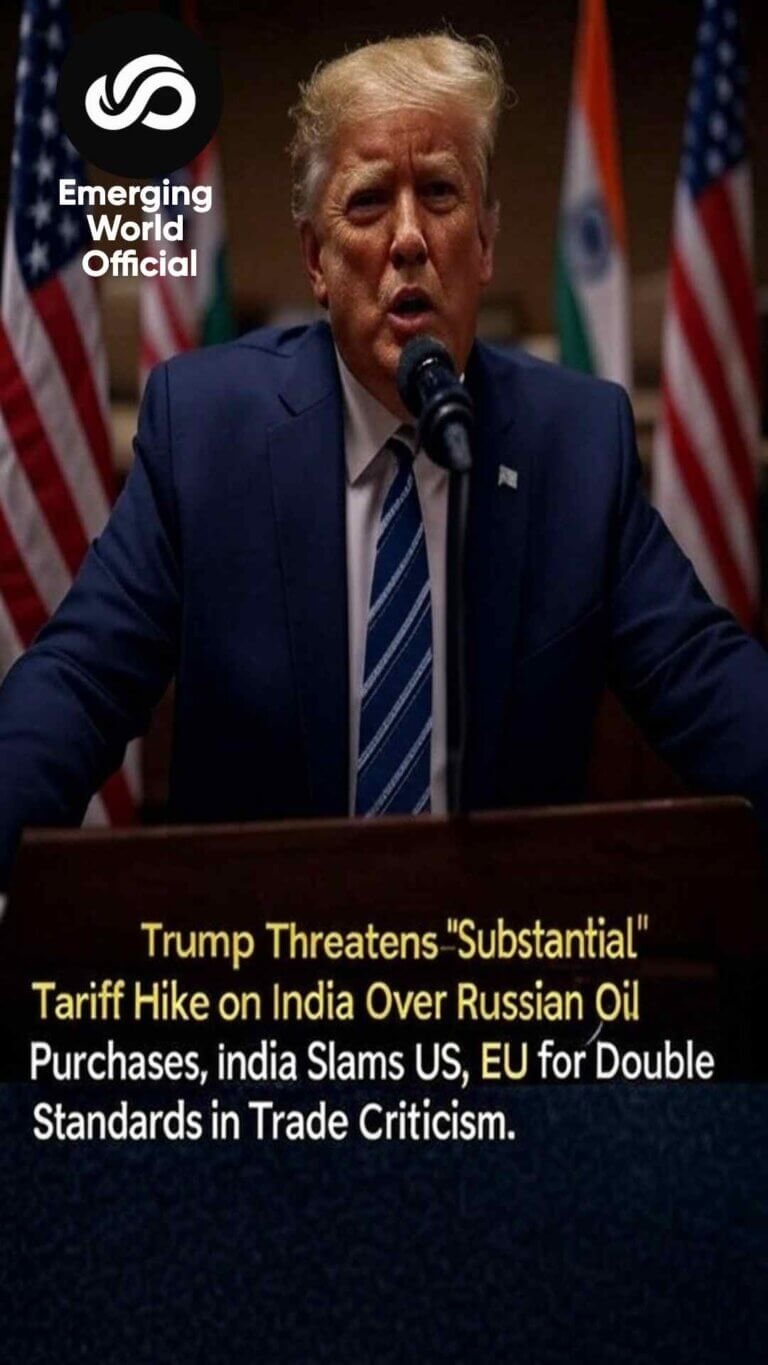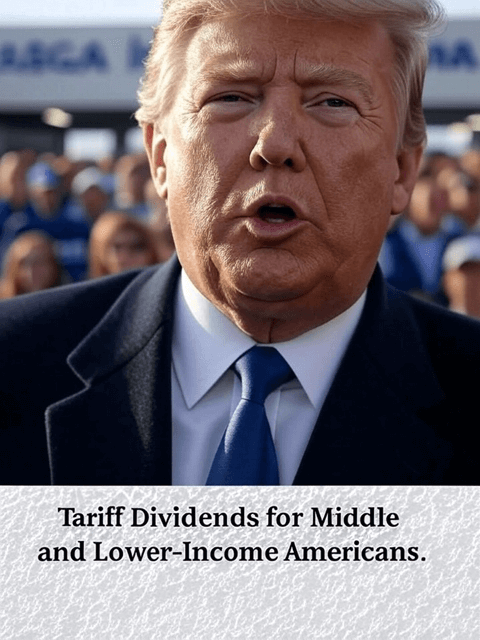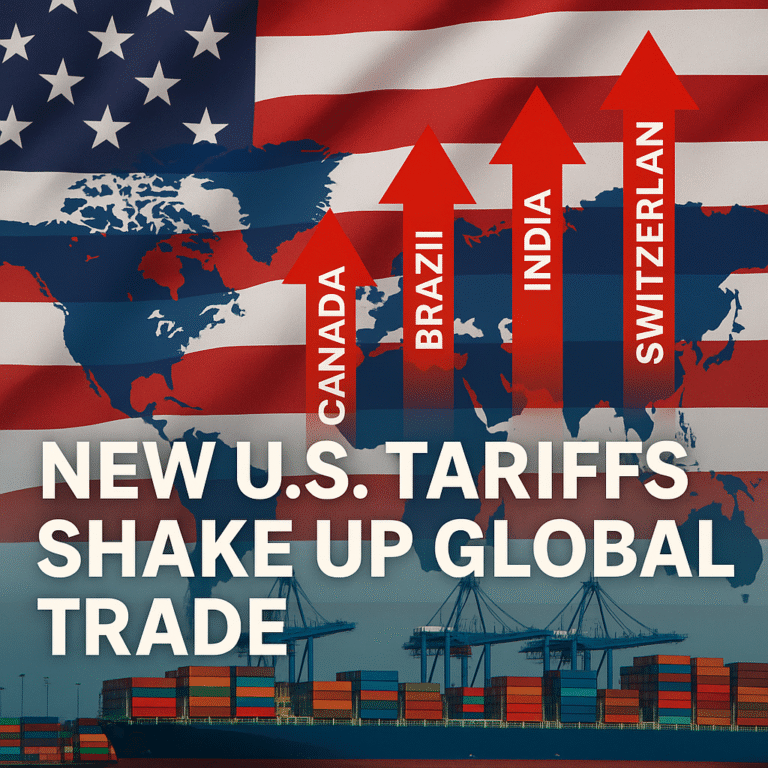Trump’s Global Tariff Tsunami Sparks Worldwide Tension — India, Brazil Push Back
Date: August 7, 2025
U.S. President Donald Trump has put his latest set of tariffs into action, slapping much higher import taxes on goods from countries like India, Brazil, Canada, Switzerland, and others. The new tariffs — ranging from 10% to as high as 50% — officially kicked in early Thursday morning, creating panic among America’s trading partners.
This marks the highest average U.S. import tax in over 100 years. The Trump administration says the goal is to reduce America’s trade deficit and strengthen U.S. manufacturing, but it’s already triggering frustration and pushback around the world.
Global Leaders React with Frustration
Leaders from countries like India and Brazil have made it clear: they won’t bow down to pressure.
Brazil’s President Lula said he won’t “beg” for a phone call with Trump, although his government is still trying to negotiate lower rates. Indian Prime Minister Narendra Modi also stood firm, refusing to compromise his country’s interests — especially when it comes to protecting Indian farmers.
Who Pays for These Tariffs?
Although the U.S. government will collect billions from these import taxes, American companies — and eventually consumers — will pay the price. The costs will likely lead to higher prices on goods like cars, electronics, appliances, and even everyday items.
Toyota already warned that it expects a $10 billion hit from these tariffs and had to lower its yearly profit forecast. Other companies like Sony, Honda, Marriott, and Caterpillar are also expecting financial pain.
What’s Trump’s Strategy?
Trump says these tariffs are about fairness and ending decades of trade policies that hurt American jobs. His top trade adviser, Jamieson Greer, defended the move by saying the U.S. can’t keep playing by outdated rules while other nations benefit unfairly.
Trump also promised massive revenue from these taxes — estimating up to $50 billion per month — and hinted at even more tariffs in the future, including a possible 100% duty on microchips.
Countries Scramble to Cut Deals
Some countries have managed to negotiate better deals. The UK locked in a 10% tariff rate, while Vietnam, Indonesia, Pakistan, and others reduced their rates to around 19–20%. But nations like India, Brazil, Canada, and Switzerland are still facing punishingly high import taxes.
South Africa, too, tried to improve its offer at the last minute but failed. Talks are expected to continue.
Alliances in the Making?
There are signs that affected countries might work together against Trump’s hard stance. Brazil’s president even mentioned plans to speak with the leaders of India and China to form a joint BRICS response.
Modi is also planning his first visit to China in seven years — a move some experts say may be connected to these rising trade tensions.
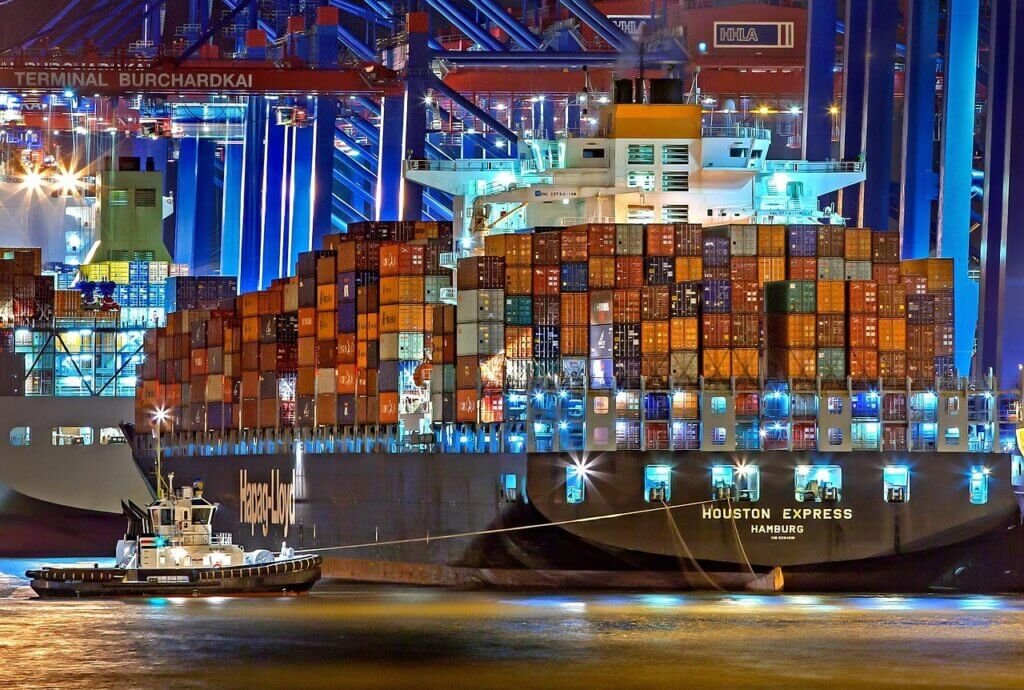
What’s Next?
This new wave of tariffs is just one part of Trump’s larger trade policy. He’s also considering new duties on China over its continued purchase of Russian oil. A key decision on that is expected on August 12.
Meanwhile, global markets are watching closely as supply chains shift, prices climb, and international relations strain under the weight of this growing trade war.
Share this content:

